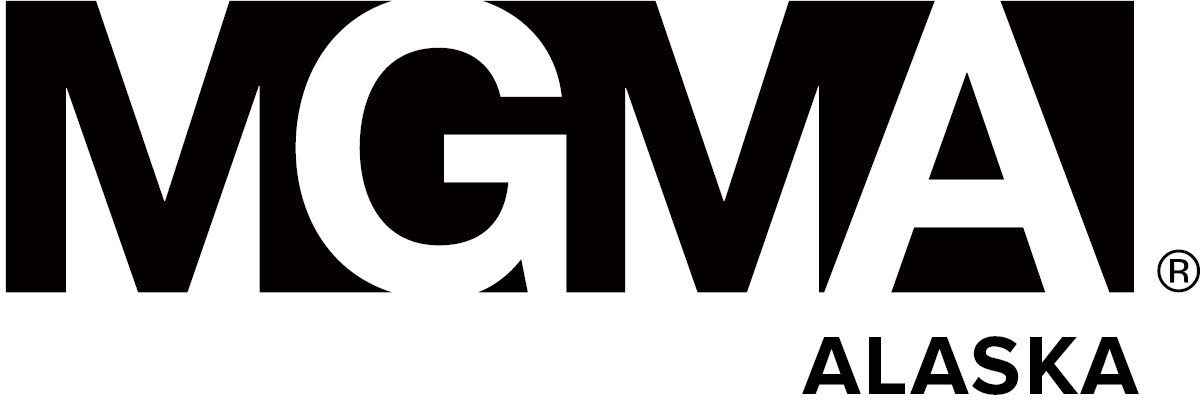Top 10 Things a Practice Manager Should Know About Revenue Cycle Management Revenue Cycle Management (RCM) aims to ensure timely payment of services and keep your accounts receivables low. Here are ten things you should know about your revenue cycle: Revenue Cycle Management (RCM) aims to ensure timely payment of services and keep your accounts receivables low. Here are ten things you should know about your revenue cycle:
1. Account Registration To ensure proper handling of claims and prevent delays in payment, each account must contain all of the necessary demographic and insurance information before each service is performed. 2. Collection of Copays and Deductibles Statistics show that the likelihood of a bill being paid decreases over time. In other words, if the patient leaves the clinic without paying, the probability that the bill will be paid is low. Staff should be encouraged, trained, and supported to request payment at the time of services from each patient. 3. Pre-certification Every payer has different rules, so staff should have processes to capture accounts/services that may need prior authorization. These processes will ensure services are eligible for payment. Otherwise, the financial policy should indicate that patients are responsible for any services not authorized by the payer (depending on the payer contract). 4. Payer Contracts Managers must be readily familiar with the rates of each contracted payer and monitor claims to ensure proper payment according to the agreement. In addition, managers should regularly review these contracts and their fee schedules to determine if they are still beneficial to the organization. 5. Documentation and Coding Proper documentation is key to getting paid. Documentation must contain all required information to show what services were provided and why. Accurate documentation allows for appropriate coding of the service(s). Errors can significantly impact account receivable based on timeliness, denials, or non-covered services. Coding audits should be performed regularly to assure proper coding and meet the Office of Inspector General’s requirements. All staff, not just in the billing department, should be given current coding resources and training. 6. Charge Entry and Claim Submission The best practice turnaround time from service date to submission date is 72 hours. Managers should ensure that all staff are aware of the organization’s expectations and that workflows efficiently meet these expectations. Communication is key to seeing this process achieved in a timely manner. 7. Posting Payments and Denials Detailed posting of all payment/denial makes working AR much cleaner and more manageable. Billing and posting staff should know common ANSI reason codes and how best to respond to each (make a phone call, correct the coding, send an appeal, etc.). 8. Accounts Receivable Grouping tasks together and limiting interruptions makes the team more productive, so planning protected time slots for projects such as writing appeals or reviewing overpayments is ideal. Managers must ensure that the team is regularly working on accounts to keep AR in line, and many payers have timely filing limits on corrections or appeals. Templates (appeals, collections letters, etc.) make the team more efficient. 9. Statements and Collections Practice management software should pull statements every 28-31 days. Depending on practice preferences, statements can be run weekly, bimonthly, or once a month. Collections accounts should be reviewed monthly or bi-monthly to keep balances current and encourage patient engagement. 10. Reports Producing and reviewing reports are the key to any RCM efforts. Reports can tell managers, staff, and owners how well or not an organization is doing. Typical reports include: a. Total Charges/ Payments/Adjustments
b. Total A/R Aging
c. Visit Counts
d. Patient Counts
e. Payer Mix
|

